Learn the best methods for farming Stardust and every other aspect of Stardust in Pokémon Go.
Stardust is an essential resource in Pokémon GO. You use it, along with Candy, to increase the levels and CP values of your Pokémon. Every time you use Stardust on your Pokémon, they gain a Power-Up and go up half of a level while increasing their CP. The amount of CP a Pokémon gains by powering up is determined by a Pokémon’s maximum possible CP, which comes from their Individual Values (IVs).
It’s worth noting that the amount of CP your Pokémon gains will become significantly lower as that individual Pokémon reaches higher levels. Once your Pokémon reaches level 30, its CP gains per level cut down to half the original amount. A Pokémon’s CP reaches 90 percent of its total potential by level 30. Depending on it’s IVs, you may not want to pay the incredibly high Stardust costs required for powering up at higher levels, 30 to 40.
How much Stardust is required to level a Pokémon
Currently, the maximum level a Pokémon can reach is 40. Raising a Pokémon’s level requires a significant investment of Stardust, making it a valuable consumable. Your Pokémon gains half of a level with every Power-Up.
The amount of Stardust your Pokémon needs depends on their current level. All Stardust costs are the same across Pokémon, and they increase as they become stronger. It costs a total of 270,000 Stardust to level a Pokémon from 1 to 40.
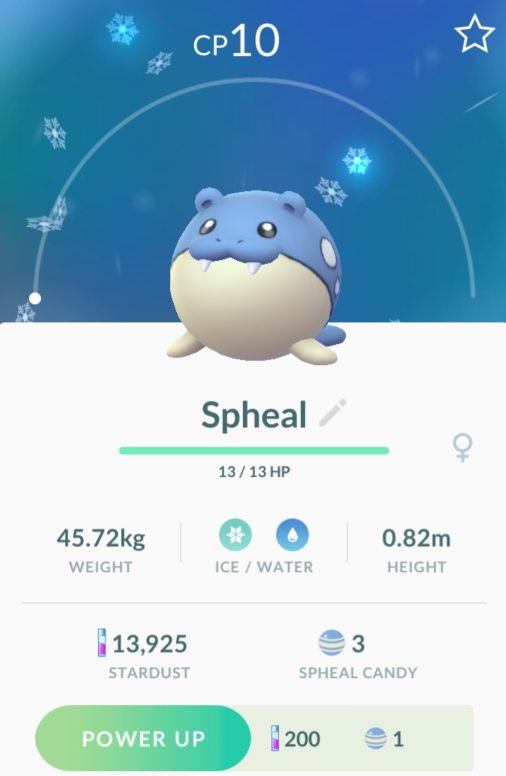
The amount increases every three levels. You need to apply each level twice because each Stardust amount increases half a level. Here are the Stardust costs for each level:
- Levels 1-3: 200 Stardust, 1 Candy (per Power Up)
- Levels 3-4: 400 Stardust, 1 Candy (per Power Up)
- Levels 5-7: 600 Stardust, 1 Candy (per Power Up)
- Levels 7-9: 800 Stardust, 1 Candy (per Power Up)are
- Levels 9-11: 1,000 Stardust, 1 Candy (per Power Up)
- Levels 11-13: 1,300 Stardust, 2 Candy (per Power Up)
- Levels 13-15: 1,600 Stardust, 2 Candy (per Power Up)
- Levels 15-17: 1,900 Stardust, 2 Candy (per Power Up)
- Levels 17-19: 2,200 Stardust, 2 Candy (per Power Up)
- Levels 19-21: 2,500 Stardust, 2 Candy (per Power Up)
- Levels 21-23: 3,000 Stardust, 3 Candy (per Power Up)
- Levels 23-25: 3,500 Stardust, 3 Candy (per Power Up)
- Levels 25-27: 4,000 Stardust, 4 Candy (per Power Up)
- Levels 27-29: 4,500 Stardust, 4 Candy (per Power Up)
- Levels 29-31: 5,000 Stardust, 4 Candy (per Power Up)
- Levels 31-33: 6,000 Stardust, 6 Candy (per Power Up)
- Levels 33-35: 7,000 Stardust, 8 Candy (per Power Up)
- Levels 35-37: 8,000 Stardust, 10 Candy (per Power Up)
- Levels 37-39: 9,000 Stardust, 12 Candy (per Power Up)
- Levels 39-40: 10,000 Stardust, 15 Candy (per Power Up)
Many may choose to wait to spend Stardust on stronger wild Pokémon with a high CP value, rather than wasting it on weaker catches.
How to obtain Stardust
There are multiple ways to earn Stardust in Pokémon GO. Generally, your primary source of Stardust comes from catching and hatching Pokémon.
Catching Pokémon in the wild (100/300/500 Stardust)
The amount of Stardust you receive depends on the Pokémon’s evolution.
- First evolution is 100
- Second evolution is 300
- Third evolution is 500
Not every Pokémon has three evolutions, so you won’t be able to score 500 Stardust from most catches. Regardless, this is the most reliable method to obtain Stardust. You can boost Pokémon spawn chances with lures.
Additionally, you can earn 500 Stardust for the first Pokémon you catch every day. If you do this for a week straight, receiving 500 for every first catch, you receive 3,000 by the end of the week, and you’ll start the streak over.
Earn bonus Stardust by catching weather influenced spawns (25/75/125 Stardust)
You earn additional Stardust for catching wild Pokémon affected by the weather. You’ll earn 25 percent more Stardust for capturing these Pokémon, so Pokémon at higher evolutions reward more Stardust.
There are seven different weather conditions in Pokémon GO, affecting both the spawn rates and IVs of specific Pokémon. You can see if a Pokémon’s spawn has been weather affected on your map because a special blue swirl effect surrounds the Pokémon. These Pokémon have significantly better stats than non-weather spawns and award bonus Stardust on capture. Here’s a list of the possible weather conditions along with the Pokémon types affected:
- Sunny / Clear: Fire, Grass, Ground
- Rainy: Bug, Electric, Water
- Cloudy: Normal, Rock
- Cloudy: Fairy, Fighting, Poison
- Windy: Dragon, Flying, Psychic
- Snow: Ice, Steel
- Fog: Dark, Ghost
Hatching Pokémon from Eggs (potential 400-3200 Stardust, based on km of Egg)
You can also obtain Stardust by hatching Eggs, allowing you to earn Stardust just by walking passively. You will be limited, however, by both the number of available Egg slots (nine) and your supply of Incubators. If you’re using only the free Incubator, it’s best to focus on hatching 10 km eggs, for the highest overall potential Stardust gain.
- 1KM Eggs: 400 to 800 Stardust
- 5KM Eggs: 800 to 1600 Stardust
- 10KM Eggs: 1,600 to 3,200 Stardust
Participating in Raids (500 Stardust)
You can gain a reward of 500 Stardust for participating in a Raid, even if you don’t defeat the Raid Pokémon. The award is the same for every Raid tier level, although, Raids are not a reliable method to acquire Stardust because you need Raid Passes, and they are time-limited.
Feeding Berries to Pokémon in a Gym (20 Stardust)
You can gain 20 Stardust by feeding berries to your Pokémon currently defending Gyms. You can feed 10 unique Pokémon up to 10 Berries in a 30-minute window. After 30 minutes following your first feeding, you can feed another 10 Pokémon. While you may not gain too much Stardust from this method, you have the chance to gain Candy.
It doesn’t matter what Berry you use, so you want to use Nanab Berries because they have the lowest functional value.
Bonus daily Stardust rewards
Even if you’re not actively playing, you’ll want to take a few minutes each day to obtain the daily bonus rewards. You can gain additional Stardust once each day for completing each of the following tasks:
Participating in events
Pokémon Go regularly features special themed events, such as the recent Water Festival. These offer exclusive opportunities for Trainers to gain Stardust. If you’re grinding Stardust, keep an eye open for these events so you can take advantage of doubled or even tripled Stardust rates. These typically feature special missions that can reward Stardust.
How to use Stardust
You use Stardust to level up your Pokémon and increase their CP. To use Stardust on Pokémon, tap the Main Menu and select Pokémon you’d like to level up. Go to their menu and hit the Power Up button on the Pokémon’s summary screen.

Obtaining and using Star Pieces
You can boost your Stardust gains by using Star Pieces, which increase the amount of Stardust earned by 50 percent for the next 30 minutes. You can only obtain Star Pieces by purchasing limited edition Great Box and Ultra Box in the Shop using PokéCoins. You can earn PokéCoins by purchasing them from the Shop with real money or by defending a Gym.
You need to plan out how you want to use your Star Pieces. You have the potential to earn the most Stardust on your seventh consecutive day of playing (because of the 7-Day Streak bonus), and when you’re ready to hatch eggs. It can be lucrative, and difficult, to line up these events within a single 30-minute window to activate a Star Piece and gain significantly boosted Stardust.
Stardust costs for trading Pokémon
In addition to increasing a Pokémon’s CP, you also need Stardust to trade Pokémon with other Trainers. We cover Pokémon trading in full detail in our complete guide to trading in Pokémon GO.
The amount of Stardust required for trading a Pokémon with another Trainer decreases as you become better friends with that Trainer. You can learn more about raising your Friendship Level with trainers in our complete Friendship guide. With those discounts in mind, here are the Stardust costs for all kinds of Pokémon trades:
Unowned Pokémon
Shiny / Legendary:
- Good Friend: 1,000,000
- Great Friend: 800,000
- Ultra Friend: 80,000
- Best Friend: 40,000
Regional / Regular:
- Friend: 20,000
- Good Friend: 20,000
- Great Friend: 16,000
- Ultra Friend: 1,600
- Best Friend: 800
Owned Pokémon
Shiny / Legendary:
- Good Friend: 20,000
- Great Friend: 16,000
- Ultra Friend: 1,600
- Best Friend: 800
Regional / Regular:
- Friend: 100
- Good Friend: 100
- Great Friend: 80
- Ultra Friend: 8
- Best Friend: 4

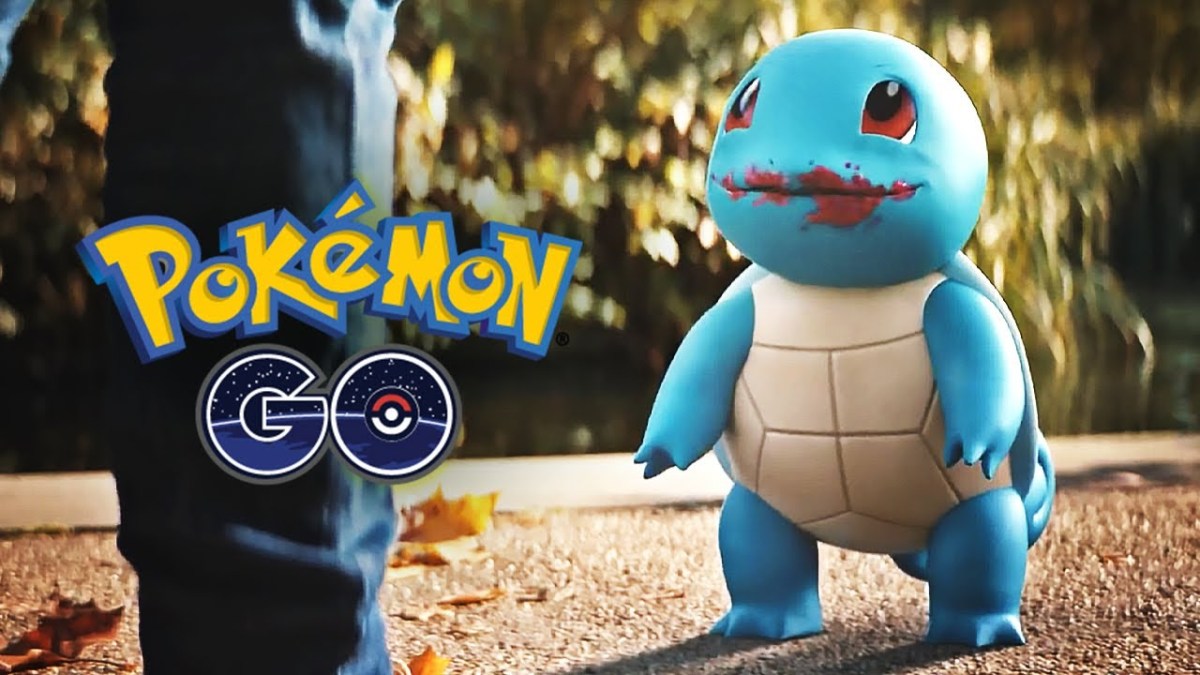
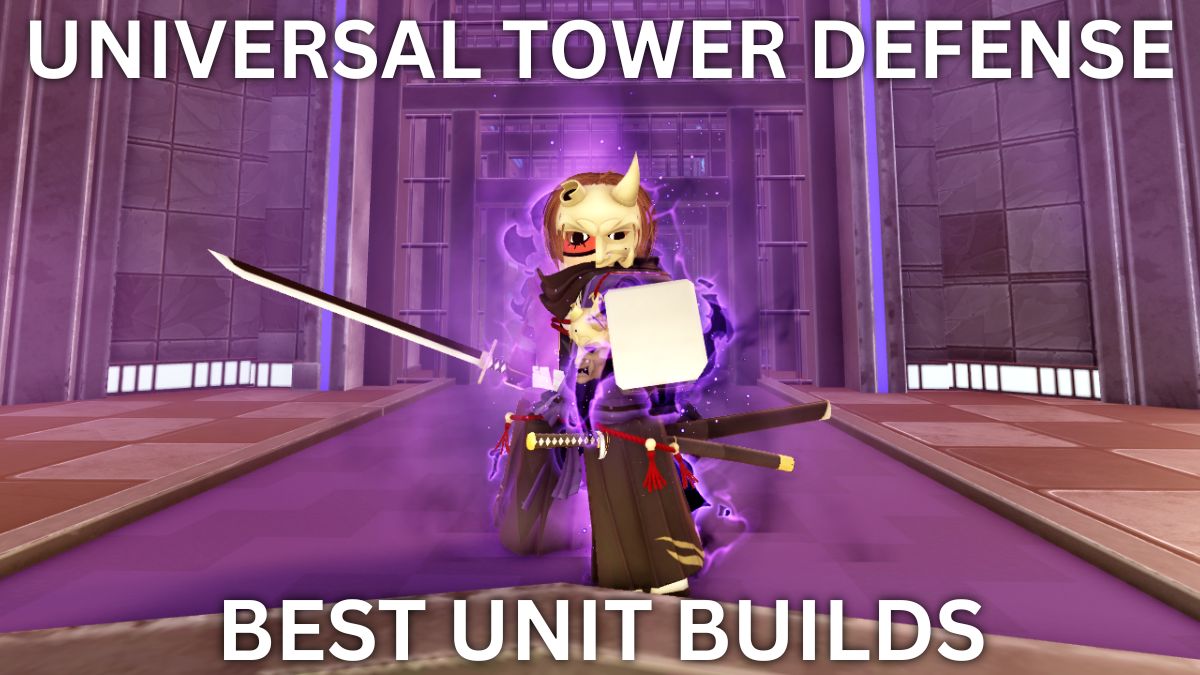
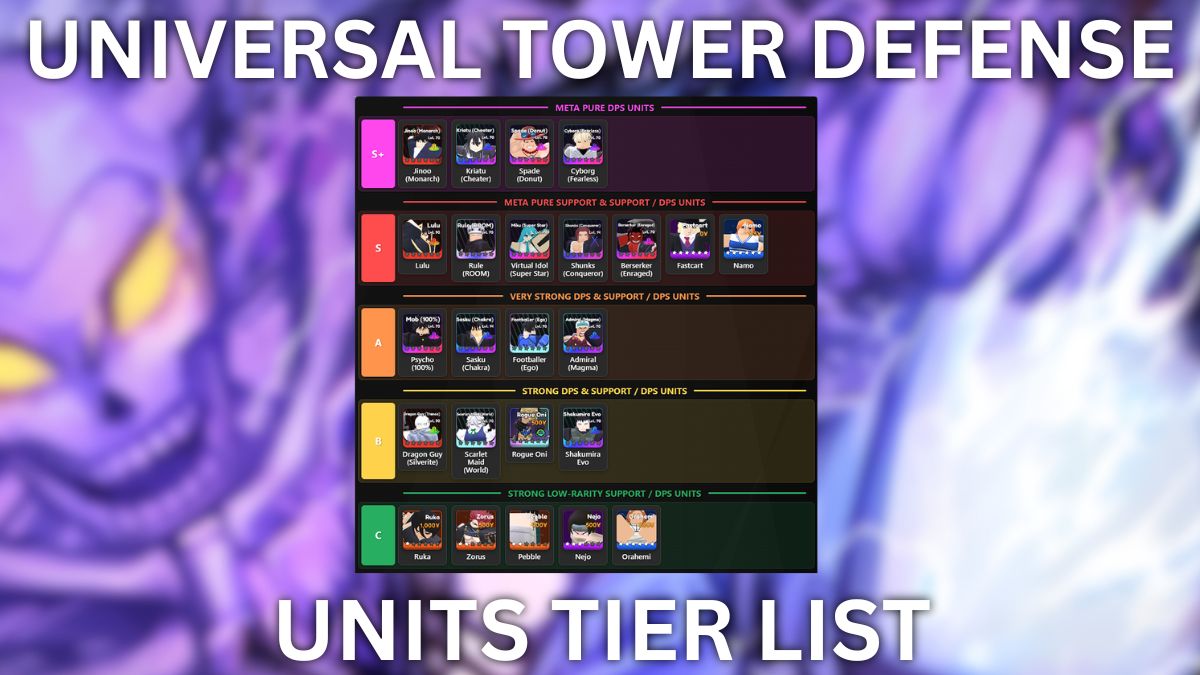
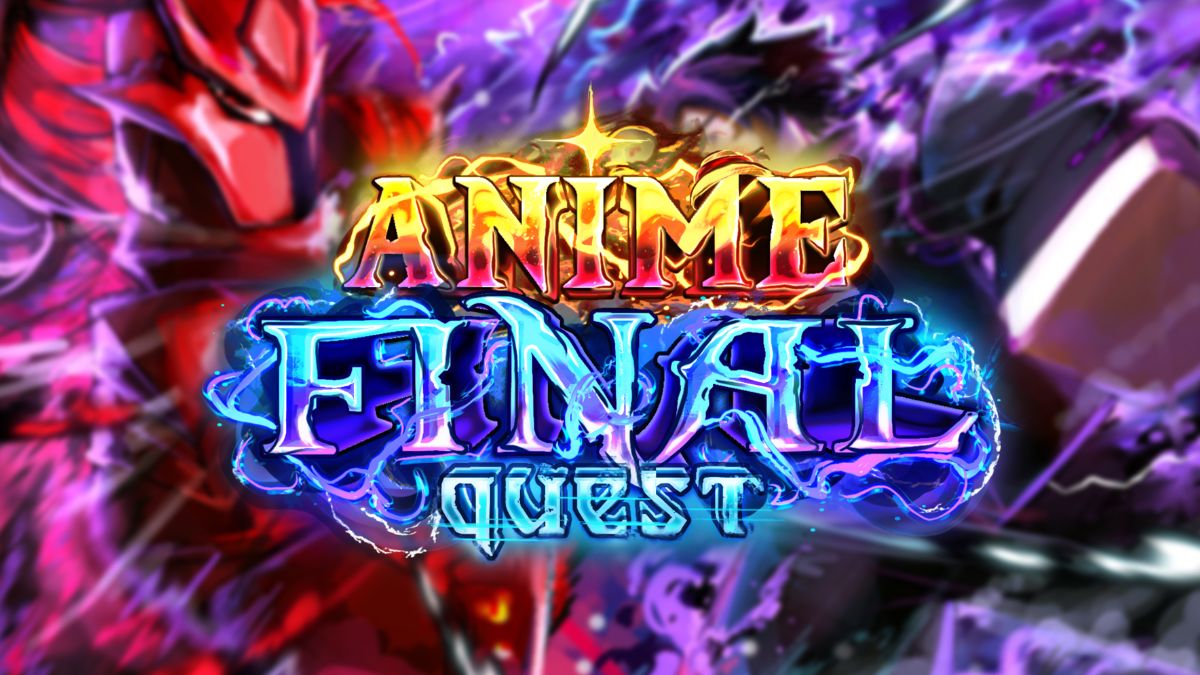




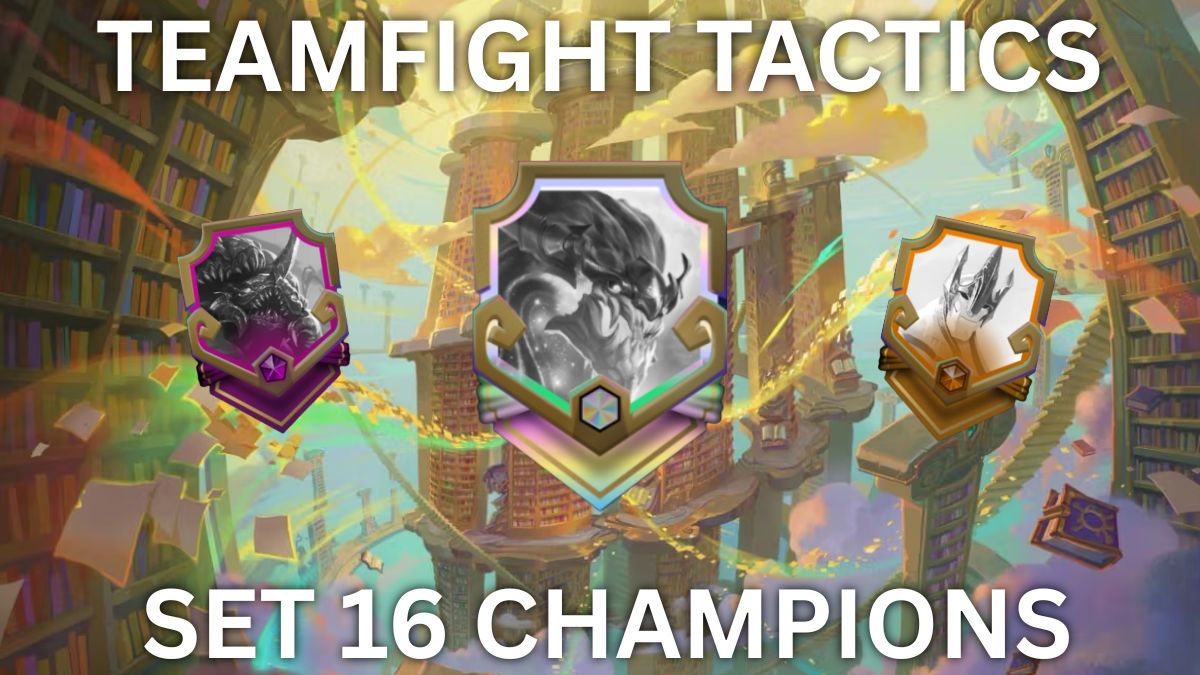
Published: Dec 31, 2019 06:12 am